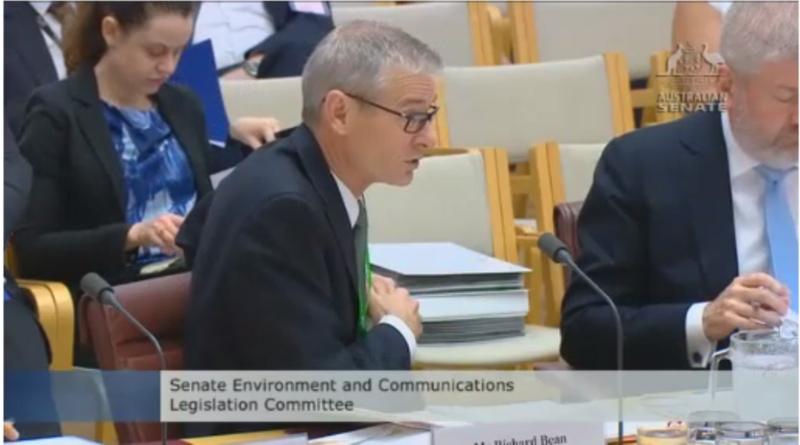 From the WIA, original post here.
From the WIA, original post here.
Date : 30 / 03 / 2017
Author : Phil Wait – VK2ASD
The Senate Environment and Communications Legislation Committee discussed a range of matters with the ACMA on Friday March 24, including the contract between it and the WIA for the provision of examination related services. Senator Anne Urquhart asked for details of the deed of arrangement with the Wireless Institute of Australia for amateur radio accreditation, when was it commenced and for what purposes?
In reply for the ACMA Giles Tanner said that there were certain requirements or qualifications that users of amateur licences need to hold. The ACMA has a delegation to the Wireless Institute of Australia in connection with the examination and accreditation of amateur users.
Senator Urquhart asked if the deed of arrangement set out governance and reporting standards or requirements for the WIA to meet. Mr Tanner replied, yes, it does, but did not have the detail with him. The Senator asked what arrangements the ACMA had to satisfy itself that the governance and licensing arrangements at the WIA were appropriate.
Mr Tanner replied that as with other contracts for provision of services, the WIA had reporting and other requirements. Any complaints from third parties were also carefully investigated.
Senator Urquhart asked if the ACMA was aware of concerns about governance and financial processes at the WIA? The Senator referred to the WIA website and a number of fact sheets stating claims that WIA was in trouble with ASIC and ACMA are without foundation. And she read from it ‘Some WIA members have noted accusations and criticisms on social media and elsewhere, and asked that the WIA Board make detailed responses to these issues … many issues are either exaggerated, misrepresented, or without foundation. Some statements are totally inaccurate.’
Mr Tanner replied the ACMA was well aware there was a lot of contention within the amateur community around the WIA and there were a number of people seeking changes in the WIA. He expressed no comment or speculation on that but said the issue of particular relevance to the ACMA was WIA’s performance under its contract.
The ACMA has assiduously followed up the dimensions of these complaints and concerns that bear on WIA’s contractual relationship. He made it clear that the WIA was an independent body that is entrusted with a key contract for delivery of services. “It is a perhaps sometimes a difficult message to get across to the amateur community … a great wish to find some sort of agency that will deliver a review with particular terms of reference that bear on the grievances and concerns that people have.” He said the ACMA was very determined to ensure that the deed was discharged properly.
View video of the exchange here.

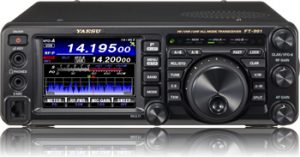
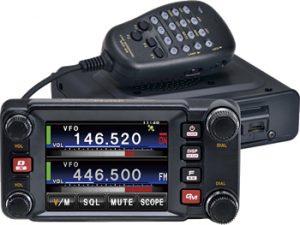
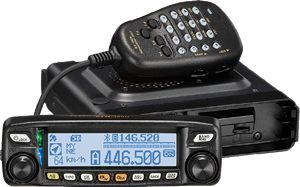
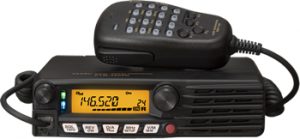
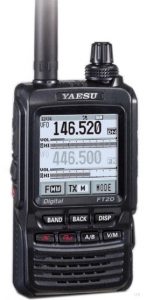
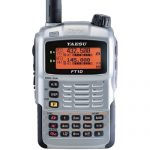
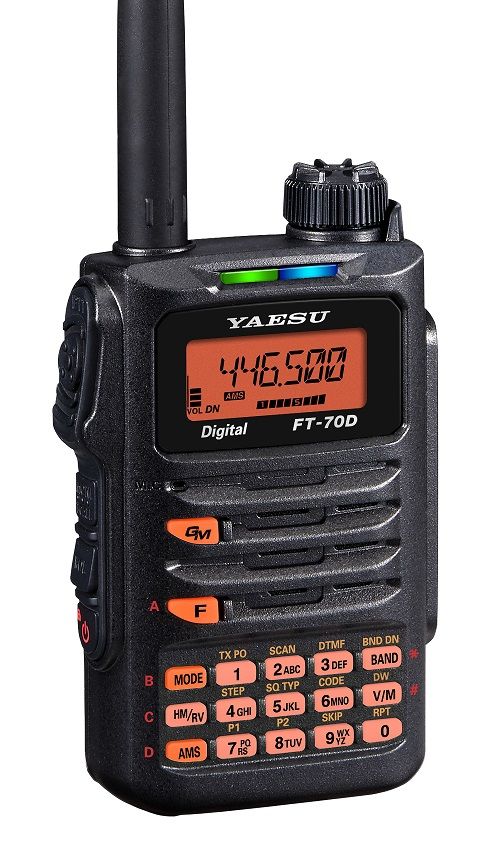
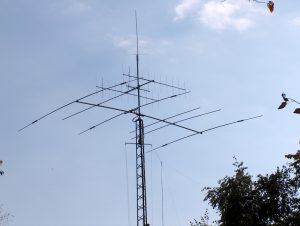 From the
From the 